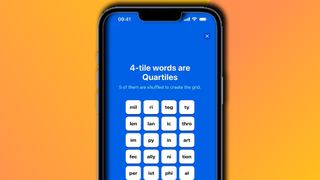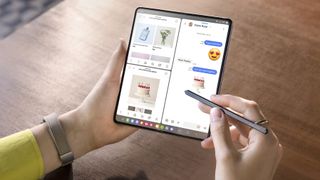Making mobile work
Taking a brand onto the mobile internet is a huge challenge. Mat Diss, founder of mobile software company bemoko, considers how to best meet the needs of different devices
Mobile phone access to the internet has increased by thousands of percent in recent years. The opportunity to deliver interactive content to someone wherever they are is highly compelling. It’s not unreasonable to speculate that within five years, brands that do not have an effective mobile presence will be perceived in a similar way to those that did not have a website five years ago: with puzzlement and a little suspicion.
Mobile content consumption has driven the spectacular success of mobile apps. With more than 160,000 apps on the Apple iTunes store, yet far fewer on Nokia’s Ovi app store and the Android Marketplace, you could be forgiven for thinking that the only way to go mobile is to create an app, deliver it to Apple and sit back and enjoy the rewards.
However, life is not that simple. The iPhone counts for fewer than one in ten smartphones sold. And with the other phone manufacturers rapidly catching up with its functionality and usability, there’s a real risk that compelling content created only for iPhone will become more and more niche.
An alternative is to create apps for every different kind of phone: Nokia; Blackberry; Windows Mobile; Android. The problem is, this is expensive and time-consuming. Imagine having to build different PC websites for Dell, Toshiba, Sony, Acer, IBM and every other brand of PC.
App or site?
The reality is that the vast majority of apps are effectively mini mobile websites. An app simply accesses and interacts with information from the server and renders it on the screen. So why can’t web designers simply build one site that works on every internet-enabled phone? A site doesn’t need to be downloaded, stays up to date and can readily cross-link to other sites.
To date, the problem has been the sheer complexity of the mobile environment. Not only are there several browsers and operating systems to consider, there are multiple screen sizes and a vast array of functions and standards supported by different phones. This has created a vastly complex environment in which to deliver content.
Web designers need to know that the content they are creating is delivering, not only on some, but on all devices. Broken links, non-displaying images or even logos that do not display correctly on every device all switch users off, reduce trust in their service and guarantee they will not return.
Get the Creative Bloq Newsletter
Daily design news, reviews, how-tos and more, as picked by the editors.
It’s astonishing but true that some of the most popular destinations on the web today are still rendering content in a manner that makes it almost illegible on a wide range of phones. The solution lies in creating mobile websites that intelligently assess the properties of each phone accessing the server and only deliver content that the device can display effectively.
This creates a meaningful user experience for every device – an app-style experience for advanced touchscreen devices, but also an effective mobile presence for internet-enabled, but less capable phones.
One way of doing this is through bemokoLive’s software suite, which enables developers to use web standard markup (ie HTML, CSS and JavaScript) to create sites that display effectively on any device without the need to learn a new programming language or a new set of skills. These sites can then be wrapped as apps and submitted to Apple to be delivered through the iTunes store without the need for significant reworking of content.
Brand opportunities
The mobile web provides a momentous opportunity for brands to interact with users. With two-thirds of the world’s population using mobile, the medium has the potential to be the biggest and most effective of all time, delivering content to anyone, whenever they want it. The challenge is to reduce the complexity and cost, enabling designers to use the medium to showcase their creativity on all devices, not just a select few.

Thank you for reading 5 articles this month* Join now for unlimited access
Enjoy your first month for just £1 / $1 / €1
*Read 5 free articles per month without a subscription

Join now for unlimited access
Try first month for just £1 / $1 / €1
The Creative Bloq team is made up of a group of design fans, and has changed and evolved since Creative Bloq began back in 2012. The current website team consists of eight full-time members of staff: Editor Georgia Coggan, Deputy Editor Rosie Hilder, Ecommerce Editor Beren Neale, Senior News Editor Daniel Piper, Editor, Digital Art and 3D Ian Dean, Tech Reviews Editor Erlingur Einarsson and Ecommerce Writer Beth Nicholls and Staff Writer Natalie Fear, as well as a roster of freelancers from around the world. The 3D World and ImagineFX magazine teams also pitch in, ensuring that content from 3D World and ImagineFX is represented on Creative Bloq.




